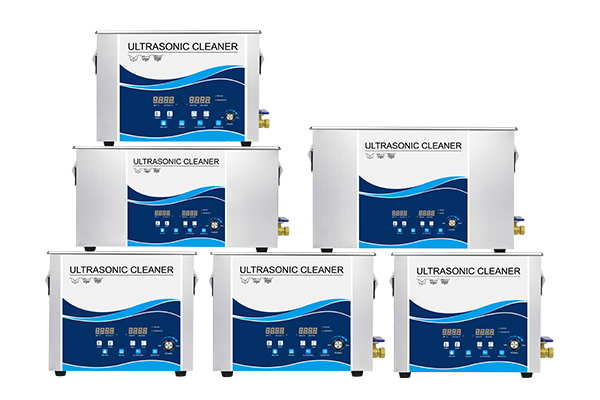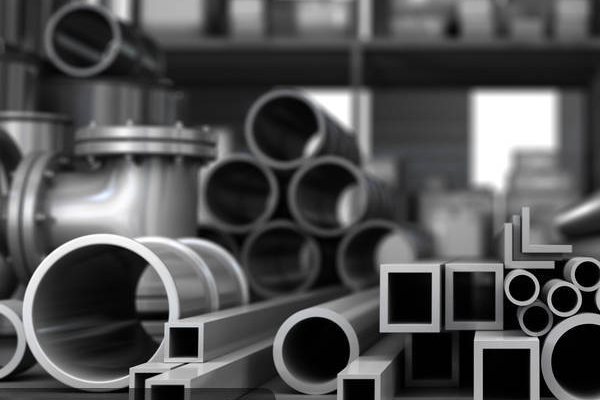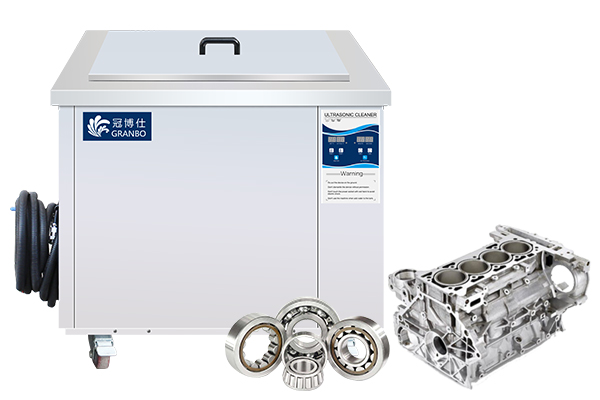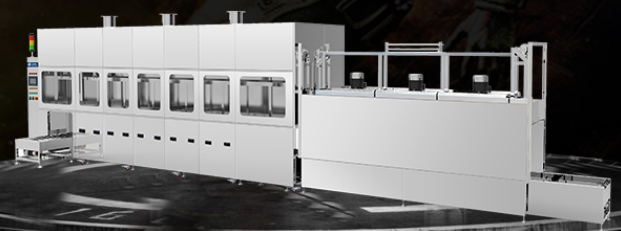Ultrasonic cleaning, known for its efficiency and non-damaging nature, has been widely applied in the cleaning of various metal tools. Whether in industrial production, healthcare, or daily life, metal tools are frequently reused due to their durability and functionality. However, grease, dust, rust, and other contaminants can affect their performance. So, which metal tools are suitable for ultrasonic cleaning?

I. Metal Tools Suitable for Ultrasonic Cleaning
1.1 Industrial Metal Tools
Tools such as blades, wrenches, drill bits, and molds often accumulate grease, cutting fluids, and metal shavings during use. Ultrasonic cleaning efficiently removes contaminants from tiny gaps, restoring the tools to a clean state and extending their service life.
1.2 Medical Metal Instruments
Including scalpels, tweezers, and needles, these instruments require high standards of sterility. Ultrasonic cleaning thoroughly removes blood stains, protein residues, and other contaminants, laying the foundation for subsequent sterilization.
1.3 Metal Kitchen and Tableware
Such as stainless steel utensils, cookware, and knives, which often accumulate stubborn grease and limescale after prolonged use. Ultrasonic cleaning not only efficiently removes contaminants but also restores the metallic shine.
1.4 Metal Components in Electronics
Parts such as heat sinks, metal housings, and connectors require precision cleaning to ensure the proper functioning of electronic devices. Ultrasonic cleaning removes tiny particles and residues, enhancing contact performance.
1.5 Metal Accessories and Household Items
Including watches, jewelry, and eyeglass frames, ultrasonic cleaning effectively removes dirt and oxidation, restoring the metallic luster while avoiding damage to the items.

II. Features and Advantages of Ultrasonic Cleaning for Metal Tools
2.1 Deep Cleaning
The cavitation effect of ultrasonic cleaning penetrates into holes, grooves, and crevices of metal tools, removing dirt from areas traditional methods cannot reach.
2.2 Efficient Cleaning
Ultrasonic cleaning can handle multiple metal tools simultaneously, greatly improving cleaning efficiency, especially in industrial and medical settings.
2.3 Non-Damaging Cleaning
Compared to mechanical scrubbing or chemical cleaning, ultrasonic cleaning does not scratch the surface of the metal or damage its structure, making it ideal for precision or valuable metal tools.
2.4 Environmentally Friendly and Safe
Ultrasonic cleaning typically uses neutral or water-based cleaning agents, avoiding potential harm to the metal and the environment from chemical cleaners.
III. Precautions When Using Ultrasonic Cleaning for Metal Tools
3.1 Choice of Cleaning Solution
Select the appropriate cleaning agent based on the metal material and type of contaminants. For example, neutral cleaners are suitable for rust-resistant metals, while specialized degreasers can be used for stubborn grease.
3.2 Temperature Control
The effectiveness of ultrasonic cleaning increases with the liquid temperature. However, for heat-sensitive metal tools, avoid excessive temperatures (typically 40-60°C is recommended).
3.3 Cleaning Time
Adjust the cleaning time based on the stubbornness of the contaminants, usually between 5-15 minutes. Avoid prolonged cleaning, which may damage materials or reduce efficiency.
3.4 Post-Cleaning Handling
After cleaning, rinse and dry the metal tools promptly to avoid residual moisture causing secondary contamination or rusting.
Ultrasonic cleaning technology has provided a solution to cleaning challenges in various industries. Whether for production tools, medical instruments, or household items, ultrasonic cleaning meets high standards of cleanliness, offering an efficient and convenient solution for maintaining and caring for metal tools.




